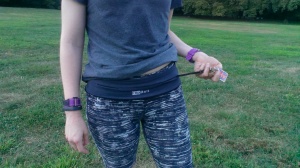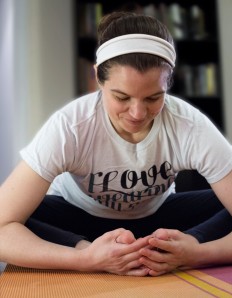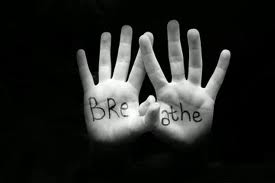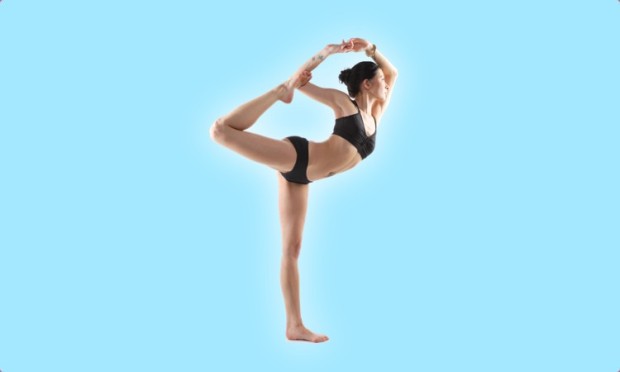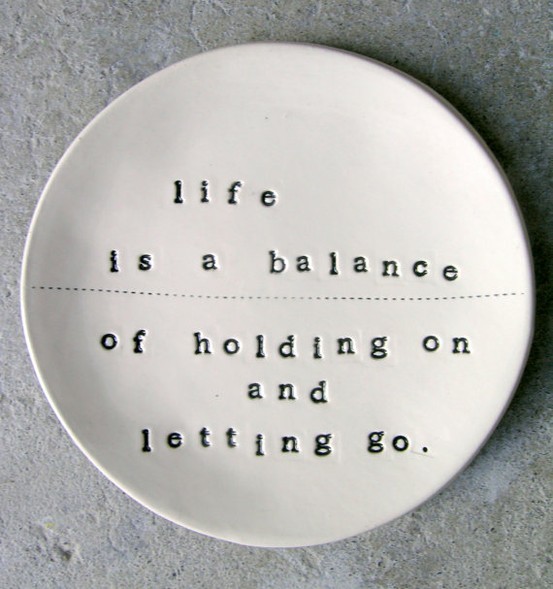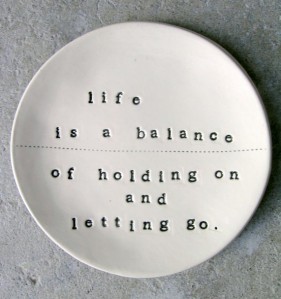I am really picky about how stuff feels on my body when I run. If I’m carrying a water bottle with me, it has to be just right. If my shorts don’t fit the way I want them to, it can ruin my run. If the pockets I have hold my keys in a way that makes them jingle, I can’t think of anything else. I’m sorry, I’m fussy. And that’s why I get really excited when I find a product that works for me. The FlipBelt falls into that category.
I’d been hearing a lot about the FlipBelt over the past few months, so I jumped at the opportunity to review it when it came up through Sweat Pink. I’ve tried a couple different running belts, one made by Nathan, and one by Amphipod, and although they’d been okay, I always felt like it would have been nice to have something that didn’t ride up or bounce around, and that held more without getting bulky. The FlipBelt, with its wide, unique design, looked like it would fit the bill.
Before getting into my review, let me describe the FlipBelt. Like I said, it’s a wide band that you step into and wear around your waist. It comes in different sizes so that it fits a range of bodies, and so that you have a bit of freedom in deciding where on your body you want it to sit. I like it lower on my waist, just above my hips. It’s got four slits in it, distributed around the belt, where you can slip in whatever you want to carry with you–money, your phone, your ipod, keys, etc. (And yes, I do have both a phone and an ipod, thank you.) The entire band is completely open, so there’s potential for the belt to hold a lot. And to make your life extra easy, it’s got a little hook on a cord that you can clip your keys onto so that there’s no risk of them falling out. Once you’ve stashed all your goodies, you can flip the belt so that the slits are on the inside of the band and nothing will fall out. Of course, you can also keep the belt turned with the slits facing out so that you can access your stuff more easily (the design is such that I don’t think there’s a huge risk of things falling out). If you wanted, you could even flip the belt so that the slits were along the top edge of the belt. That would also be an easy-access option. To make things extra fun, the FlipBelt is available in a bunch of different colors. As you can see above, I went with a shade that’s hard to pull off: dark gray. What can I say? I can’t resist taking risks with fashion. I’m part of the avant-garde.
But enough about the design and features, let’s get to the good stuff, aka my opinions! Because the suspense is probably killing you, I’ll just come right out and say it: I like the FlipBelt a lot. I like that it lies flat, I like that it holds my stuff, and I especially like that it stays exactly where I want it to be. Before I used it, I was a little worried that the material would be hot and would cause me to sweat a lot and get my phone all wet. That didn’t happen at all. In fact, I didn’t have any problem with my stuff getting sweaty (and that was always a problem with the Nathan and Amphipod belts). Once I got all my stuff into the belt and flipped it, I didn’t think about it again until it was time to get my phone, keys, or some other item. Exactly the way it should be. I even used it to hold my stuff while walking the dog, which is something I never would have done with my other belts–they just weren’t comfortable enough to wear unless I really, really had to.
As far as I’m concerned, there’s only one small problem with the FlipBelt–once your stuff is in it, it’s not necessarily easy to get it out. I have a HTC 601, which is on the slightly larger side, and had to maneuver it out a little bit when I removed it from the belt. But with other belts, I always had to fiddle around just to get my phone to stay in the pouch along with my keys, so in my opinion this is a huge improvement. I’m also not sure how this particular problem could be avoided, and if it’s really something that might be a problem for you, you could always flip the belt around so that the slits where in a different place and your stuff was a little easier to get to.
I definitely recommend the FlipBelt, and even have a code for 10% off for anyone who wants to give one a try! From now until September 7, use code sweat33 for 10% off your entire FlipBelt purchase. Also, make sure to share the code with anyone you know who might also want to give the belt a try by tweeting about it:
*Although I received the FlipBelt for free in exchange for a review, these opinions are entirely my own and would not differ had I purchased the FlipBelt with my own money.

